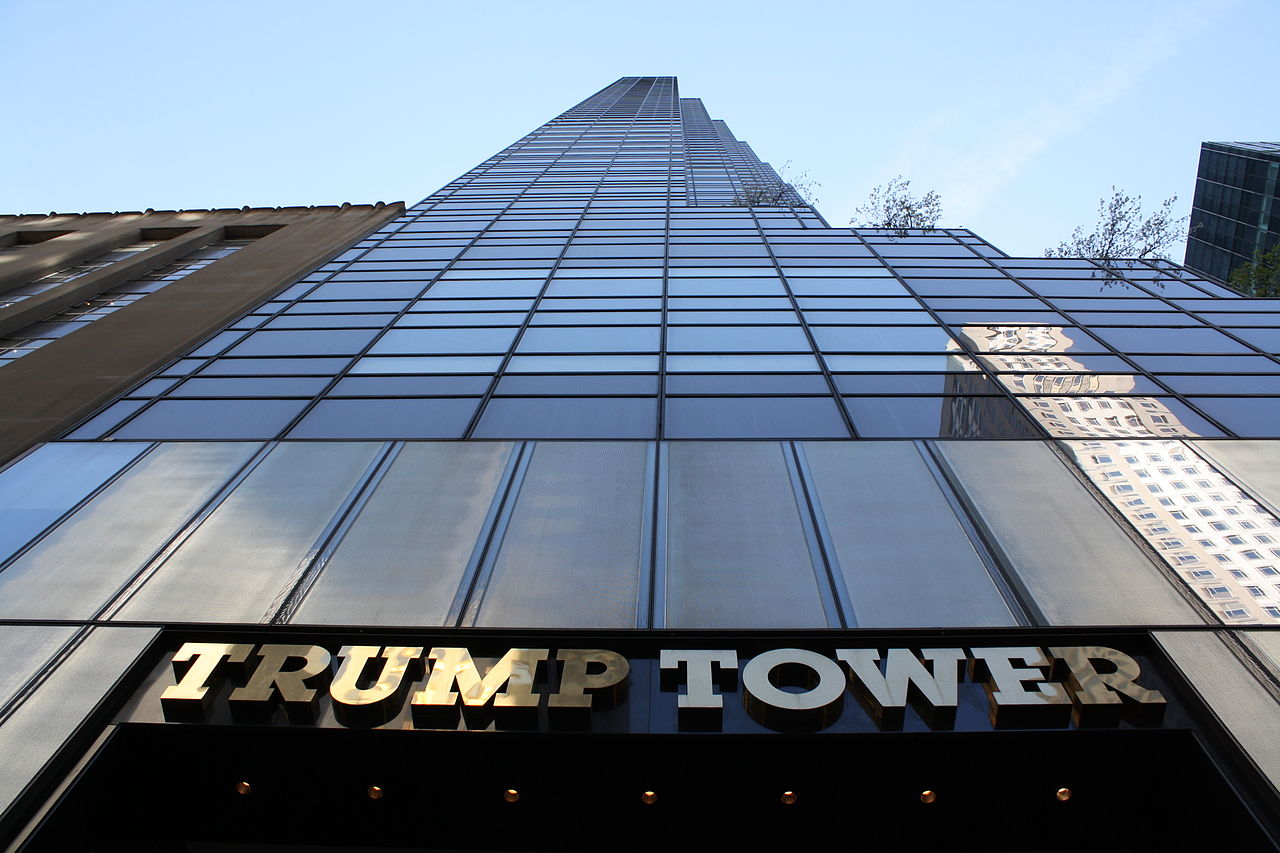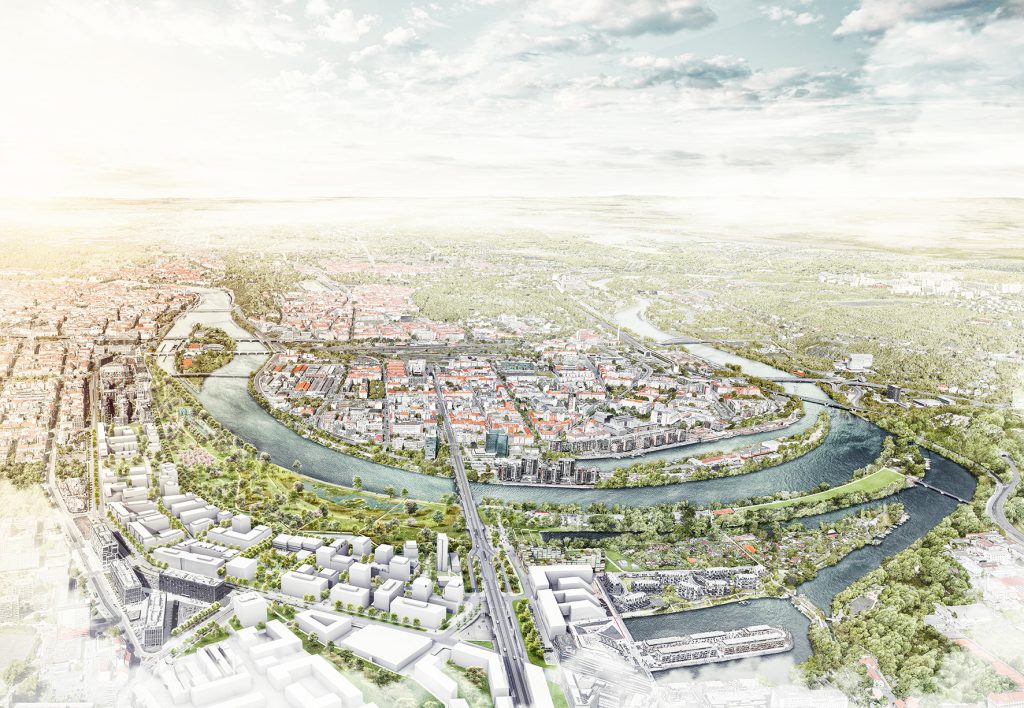
In the 1970s, Donald Trump made a name for himself in New York with a series of extravagant real estate developments – which still characterize the cityscape of New York today.
Billboard
Halfpage
Skyscrapper
Halfpage
Donald Trump’s rise in 1970s New York tells us much about the current urban moment we are still living through.
Donald Trump first entered the public consciousness with the construction of the Grand Hyatt Hotel, a lavish $70m construction which replaced the derelict Commodore Hotel opposite New York’s Grand Central Station. Using his position as president of his father’s company, he went on to make a name in 1970s New York through a series of other extravagant real estate developments.
[tttgallery id=”660″]
This was a particularly opportune moment to be pursuing these kinds of projects since at that time New York City was undergoing a major shift in its urban economy, away from public housing and public works and towards private luxury development.
Since we are still very much living with its consequences, it’s well worth revisiting the history which led to this important moment in the history of modern cities.
White Flight
In 1975, New York was close to bankruptcy, due to spiralling debts and a decades-long decline in its tax base. This decline can itself be traced back to the US federal government’s housing policy in the decades following the Second World War, in which they encouraged home ownership in the rapidly expanding suburbs by offering to underwrite the loans made by mortgage companies.
By stimulating not just the housing market but also the growing markets for cars and household goods, this policy was instrumental in sparking the post-war economic boom (seen not just in the US but across the West). But in the US, it had the effect of emptying out the inner cities and also heavily discriminated in favour of the white middle class and against African Americans.
Good Intentions, Bad Policy
New York City was hit especially hard, such that by the mid-1970s, the city’s municipal government was increasingly reliant on borrowing in order to cover its budget shortfalls. While it was born out of good intentions, this was bad policy on the municipality’s part, since governments should really only borrow for capital expenditure (i.e. investment in fixed assets like infrastructure) rather than to cover operating expenditure (i.e. wages, rents etc.).
[tttgallery id=”661″]
Eventually, the banks began to worry that the municipal government might not be able to meet its debt repayments. So, at the beginning of 1975, on a day when they were expected to buy a new issue of bonds, the bank’s representatives simply didn’t turn up. It was a remarkable demonstration of power.
Throughout the rest of the year, the situation worsened until the city was forced to appeal to the federal government for a bailout. President Ford initially said he would veto any bailout of the city, in a speech sparked the famous headline “Ford to City: Drop Dead”. However, for fear that it might cause a domino effect, he eventually relented.
The biggest tax break in history
New York was saved from bankruptcy, but it had turned a corner. Rattled by their encounter with the abyss, the municipal government allowed the creation of a panel occupied almost entirely by representatives of the banks, who set about imposing sweeping austerity measures on the city, including cuts to public sector employees and welfare.
This was the context of Donald Trump’s rise to fame. He was one of the first people to negotiate large tax breaks from a desperate city government, which he used to build luxury housing. This was what was so remarkable about the Grand Hyatt Hotel project. Here, he negotiated the biggest tax break in history, an exemption of property over 40 years which would eventually amount to $160m.
Meanwhile, those same banks saw an opportunity themselves, and started lending him money to build. Without spending a penny, Trump began to transform New York into a city for the rich.
The rest, as they say, is history.












